No railroad was better equipped to shoulder the heavy burden of wartime traffic thanks to the three types of Union Pacific steam locomotives that constituted its front line of defense: the 4-6-6-4 Challenger, arguably the most successful simple articulated ever made; the 4-8-8-4 Big Boy, which easily wore the mantle “world’s largest steam locomotive”; and the 800-class 4-8-4s, among the finest of all Northerns.
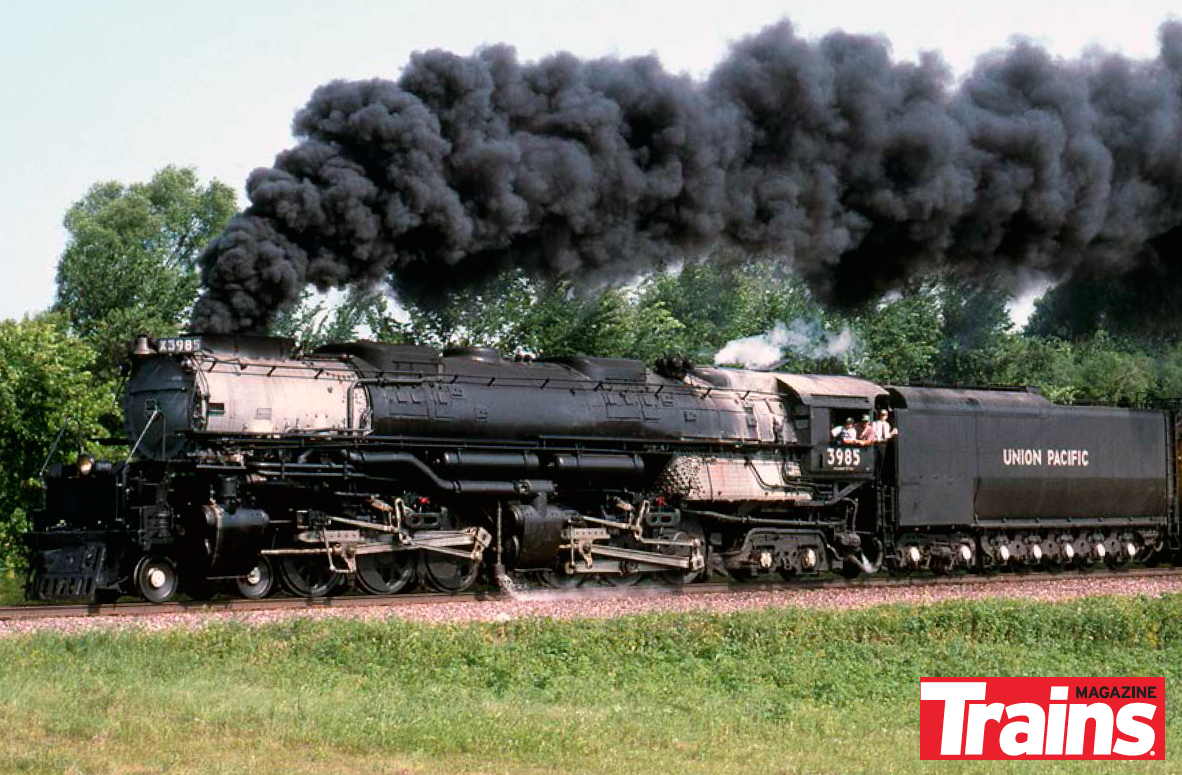
UP already had long experience with the Challenger, introduced in 1936 to answer the railroad’s need for horsepower rather than just pulling power. Railroading’s drag-freight era was over; speed was of the essence. The UP’s reigning giant, the 4-12-2, would give way to the 4-6-6-4, with its more flexible wheelbase, lighter-weight rods, and ample boiler. The railroad already had 85 Challengers on the roster in 1944 when it went back to Alco for 20 more, this time for engines with slightly smaller cylinders and a shorter firebox but a boost in boiler pressure from 255 to 280 psi. They were the last of UP’s Challengers.
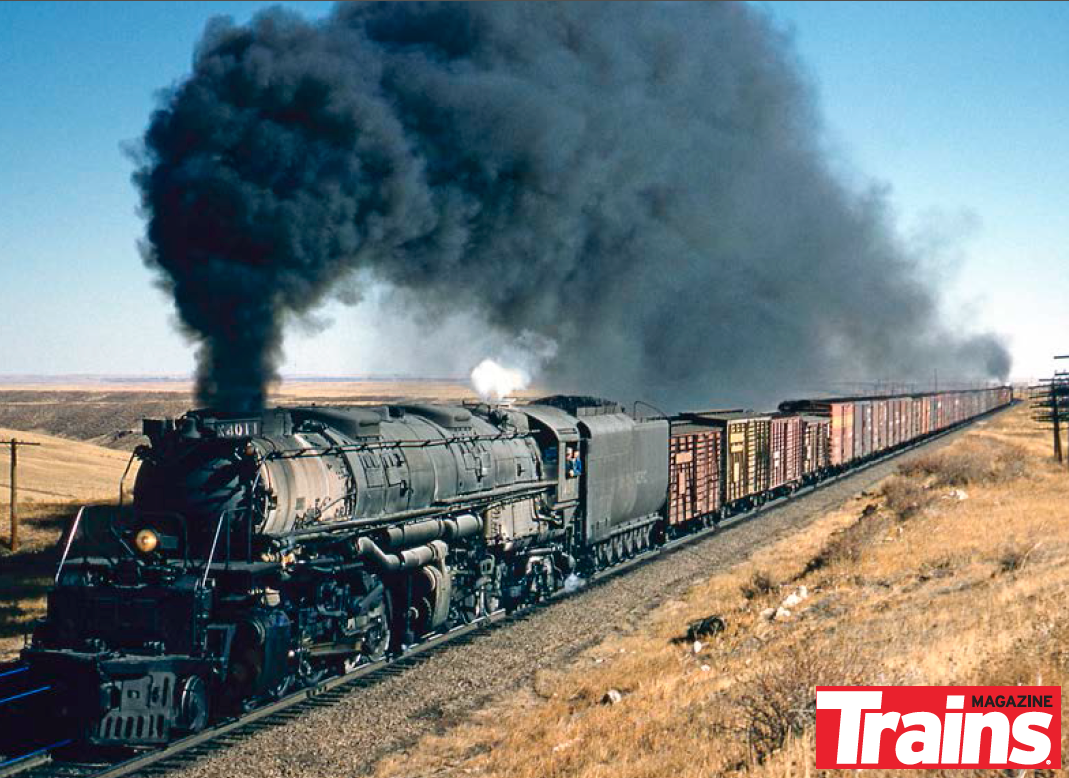
By 1944, the railroad world had already run out of superlatives for UP’s Big Boy 4-8-8-4s, 20 of which were built by Alco in 1941. They starred in UP publicity and movie-theater newsreels, and why not? Extrapolated from the Challengers, the 4000s operated at the practical limit of boiler pressure, 300 psi. They produced energy in a firebox 8 feet wide and nearly 20 feet long, including the combustion chamber. All this power was delivered to two sets of eight-coupled 68-inch drivers, putting 135,375 pounds of tractive force in the hands of the engineer. The last 5 of the giants arrived in 1944. The Big Boys more than fulfilled their mission, hauling unprecedented volumes of freight east out of Ogden, Utah.
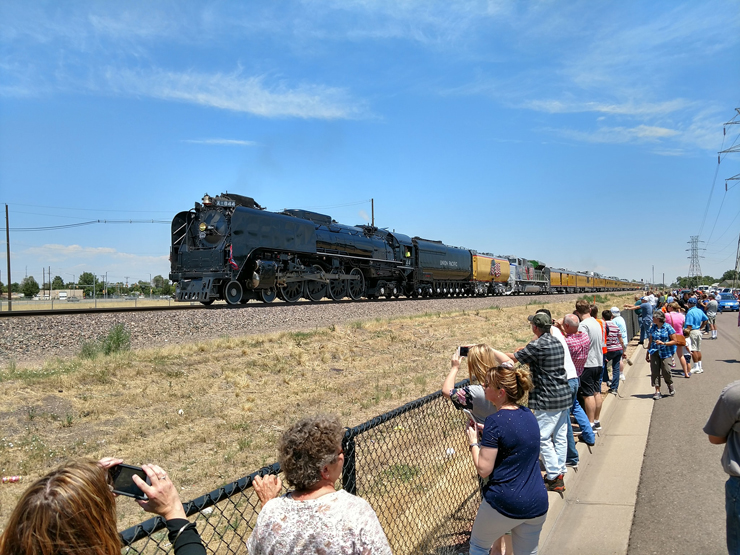
And that brings us to the thoroughbreds of the UP fleet, the 45 members of the FEF (“four eight four”) class. These huge Northerns were comparable to any on American rails — including Santa Fe’s 2900s. The first order of 20 FEF-1s arrived from Alco in 1937, boasting 77-inch drivers, a boiler pressure of 260 psi, and 63,611 pounds of tractive force. They were upsized in subsequent orders, including 15 FEF-2s in 1939 and 10 FEF-3s in 1944, all with 80-inch drivers and 300 psi of boiler pressure but only a slight increase in tractive force. Designed in the era of standard heavyweight cars, they ended up looking fine on the point of streamliners — and troop trains and freights. The last and most famous among them, 844, was never retired and continues to reside in UP’s heritage program.






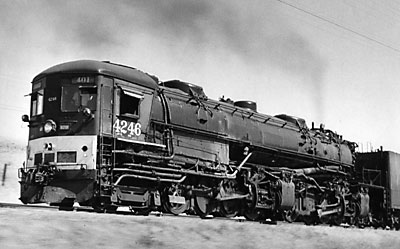
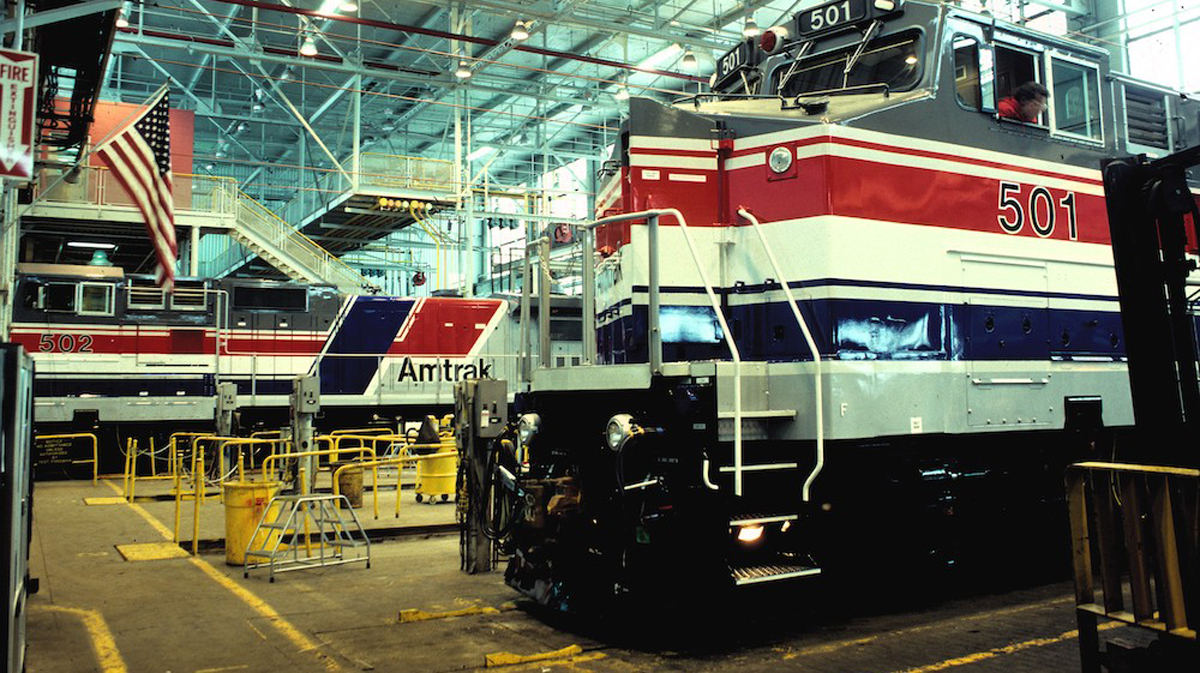
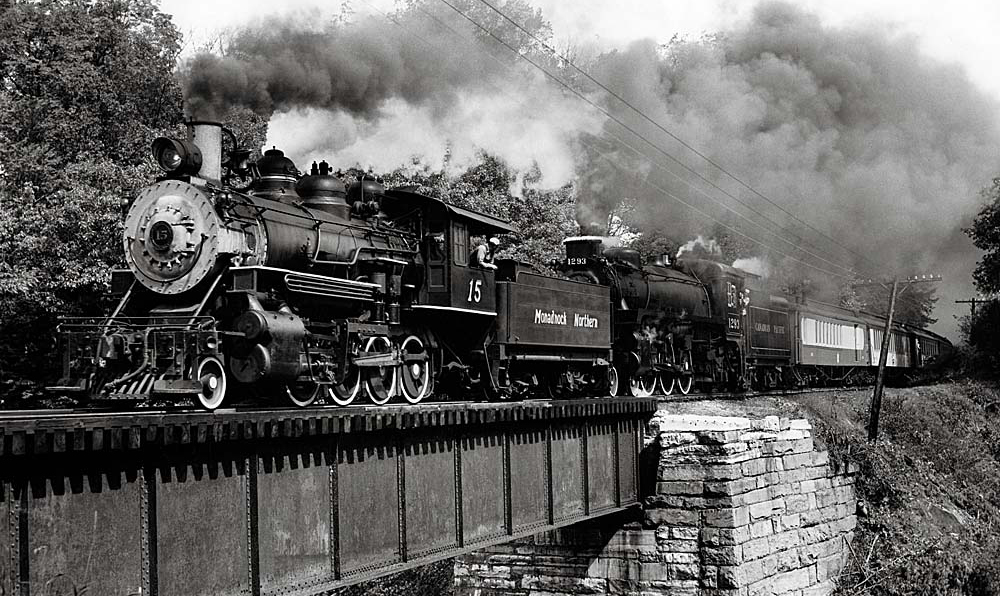

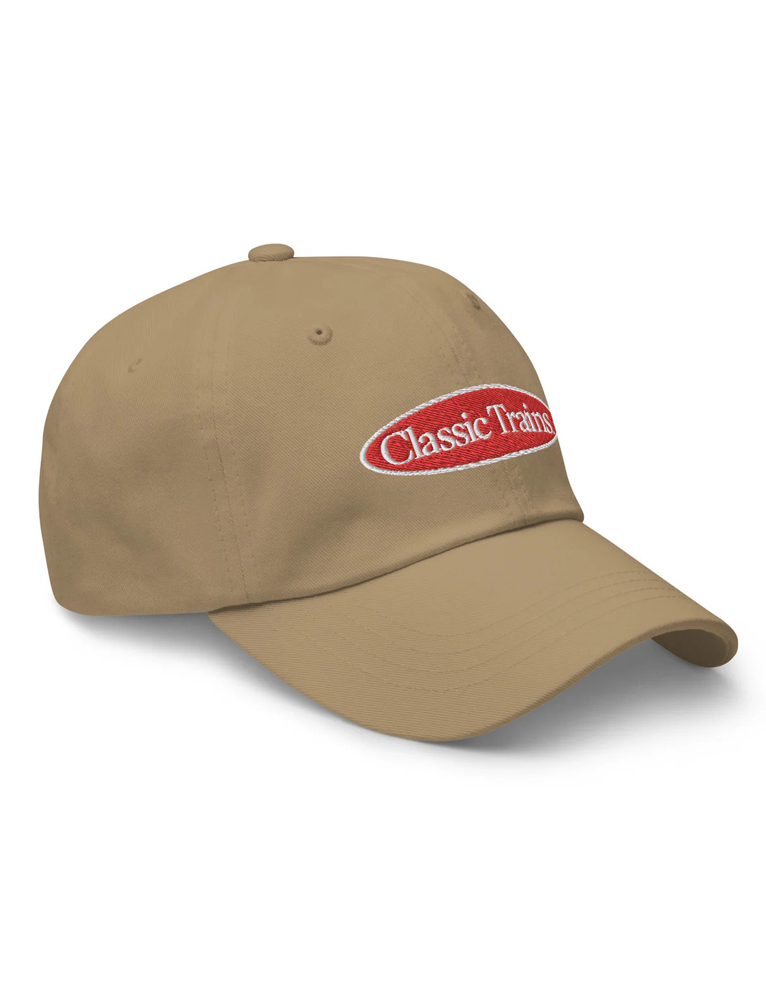
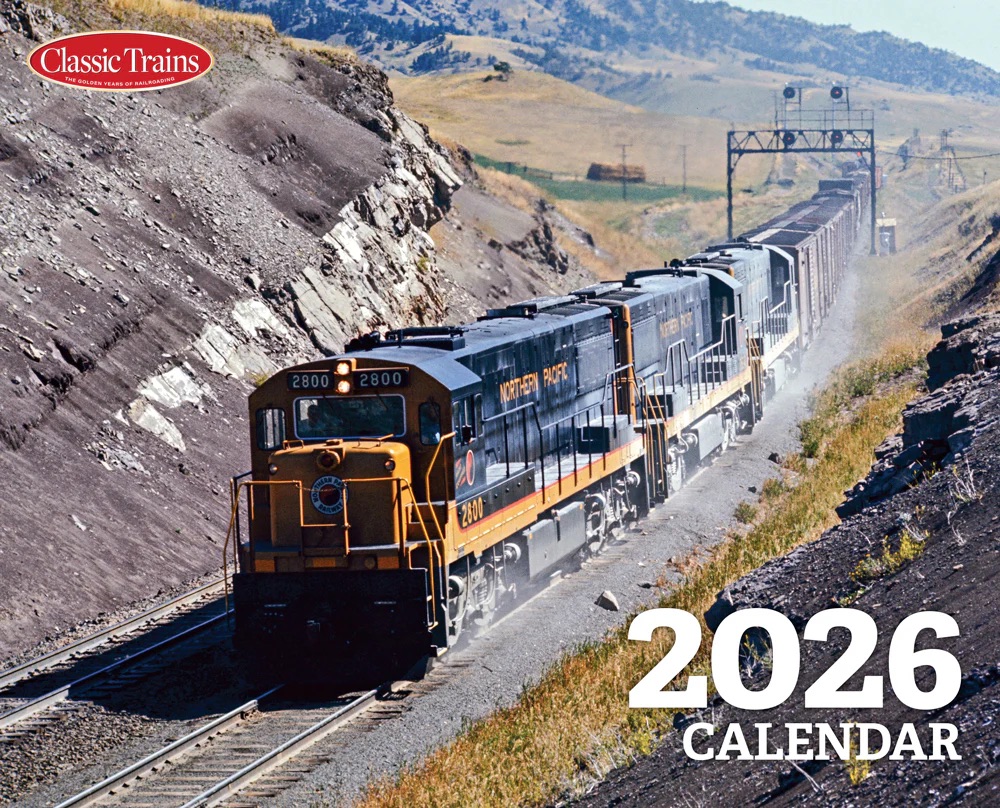
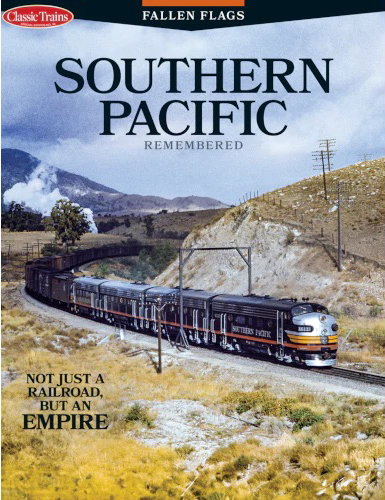
Hand it to Kevin Keefe… He really knows his steam locomotives…despite what some people may say about the UP. While many railroads had great Northern’s, The UP first developed the 4-6-6-4 Challengers, which many railroads copied, and the 4-8-8-4 Big Boys, both truly successful articulated super power locomotives in the twilight of the steam era, with their partner Alco, of which one of each are still in service. (Challenger 3985 is currently being refurbished by the Railroading Heritage of Midwest America (RRHMA).
Should also point out the the Challengers and Big Boys were both “Simple” articulated (all high pressure cylinders of the same size) rather than compound “Mallet” locomotives (where the rear cylinders were smaller high pressure cylinders and their steam was exhausted to the front larger, low pressure cylinders.) The Simple articulated locomotives were much faster and smoother riding while the “Compound” articulated type were slower running locomotives. They were designed to pull “drag” coal and mixed freights where speed was not as important as tractive effort.
And it should be noted that 844 is the only steam locomotive to have never been retired.
A true living rail legend…
Dr. Güntürk Üstün
I believe that the Union Pacific only had 25 of the 4-8-8-4 locomotives, not 45 as the article states. They were numbered 4000 through 4024.
The article says 20 in 1941 and 5 more in 1944.
Yeah, the number “45: referred to the 4-8-4 Northern FEF 1, 2 & 3 classes of which #844 was The last member in the FEF-3 Class.
In summary, remember that ALCO built 20 Class FEF-1, 15 Class FEF-2 and 10 Class FEF-3 engines for UP…
Dr. Güntürk Üstün